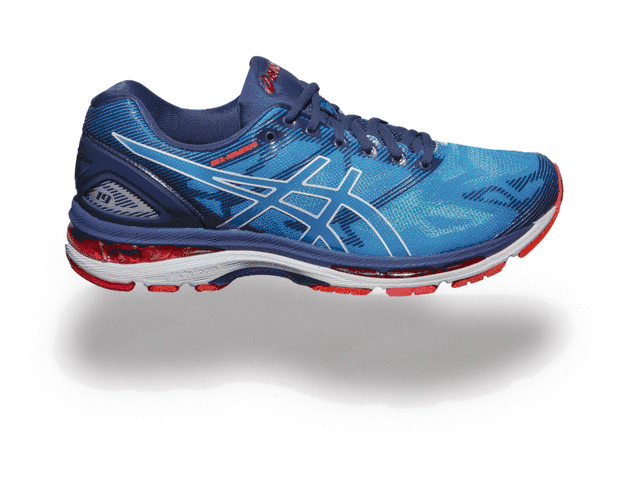360 product photographers are changing how we shop online. These skilled professionals create interactive product views that let customers see items from every angle. 360 product photographers help bridge the gap between online and in-store shopping. For eCommerce businesses, hiring good 360 product photographers can mean higher conversions and fewer returns. In this guide, we'll look at the top 6 skills that separate average 360 product photographers from exceptional ones.

1. Mastering 360 Photography Equipment
Great 360 product photographers know their tools inside and out. The right equipment makes all the difference in creating smooth, professional spins.
- Key equipment to master:
- Motorized turntables: These rotate products automatically during shooting. Companies like Ortery manufacture professional 360 product photography turntables in various sizes for different products.
- Lighting systems: Consistent lighting from all angles is key for 360 spins. Look for systems with surround LED lighting.
- Camera and lens selection: High-resolution cameras with consistent color reproduction work best.
- Software integration: The best setups have software that controls the camera, turntable, and lighting together.
Professional 360 product photographers often use transparent turntables that allow for pure white or transparent backgrounds. As noted in industry resources, these systems can help any employee create 360 product views in seconds with full control over the animation look and feel.

2. Use Assembo.ai to Create Custom Backgrounds
Smart 360 product photographers use tools like Assembo.ai to save time and expand their creative options. This AI-powered platform helps create perfect backgrounds for product spins.
- How Assembo.ai helps 360 product photographers:
- Background removal and replacement: Quickly remove existing backgrounds and replace them with custom settings.
- Consistent styling across multiple products: Maintain the same look and feel for all your 360 spins.
- Quick edits and adjustments: Make changes without reshooting the entire spin sequence.
- Custom environment creation: Place products in realistic settings that show scale and context.
You can try Assembo.ai AI product photo and video tools to level up your 360 photography workflow. The platform offers quick background changes and consistent styling that would normally take hours in traditional editing software.

3. Perfecting Lighting Techniques
Lighting separates amateur 360 product photographers from professionals. Consistent, shadow-free lighting is non-negotiable for quality 360 spins.
- Lighting skills every 360 photographer needs:
- Even illumination from all angles: Products must look consistent as they rotate.
- Shadow control and elimination: Shadows that change during rotation look unprofessional.
- Highlighting product textures: Proper lighting shows material details and quality.
- Background lighting separation: Clean white or transparent backgrounds need separate lighting.
According to product photography experts, the best 360 photography setups feature "surround LED lighting for taking 360 photos on pure white and transparent backgrounds." This approach ensures consistent results across all frames of your spin animation.
.png?width=800&height=533&name=Phone_Hands_Typing%20(1).png)
4. Efficient Post-Processing Workflows
Successful 360 product photographers have streamlined editing processes. They know that manual editing of dozens of images isn't sustainable for volume work.
- Post-processing skills for 360 photographers:
- Batch editing and processing: Apply edits to all spin frames consistently.
- Automated background removal: Use software tools for quick, clean backgrounds.
- Color correction and consistency: Ensure colors match across all angles.
- Image stitching and animation creation: Combine individual frames into smooth spins.
Tools like WebRotate 360's publishing software allow photographers to "import your 360 product images that you photographed or rendered in your favorite 3D CAD software and hit publish." This type of workflow efficiency is what separates professional 360 product photographers from hobbyists.

5. Understanding Different 360 Formats
The best 360 product photographers know that one size doesn't fit all. Different products and platforms need different types of 360 content.
- Types of 360 content to master:
- Single-row spins: The standard 360 view that rotates horizontally.
- Multi-row spins: Also called hemispherical or spherical spins that show top and bottom views.
- Interactive 360s: Allow users to control rotation with click-and-drag.
- Animated GIFs: Simple, auto-playing spins for social media and email.
- 3D models: Created from multiple photographs for advanced product visualization.
As explained in industry guides, "360° product photography appears mainly on webshops and e-commerce product pages" but comes in many formats. Professional 360 product photographers understand when to use each type for maximum impact.

6. Business and Client Management Skills
Beyond technical skills, successful 360 product photographers need solid business practices. This includes understanding client needs and delivering consistent results.
- Business skills for 360 photographers:
- Understanding eCommerce requirements: Know what online sellers need for their product pages.
- Volume production management: Handle large product catalogs efficiently.
- Quality control processes: Ensure every spin meets professional standards.
- Client communication and expectation management: Keep clients informed and satisfied.
- Pricing and package creation: Offer services that match client budgets and needs.
As one photographer shared about their experience, "We had a 3X increase in consumer browsing session length. More time spent on product pages drastically increased our conversion." Understanding these business outcomes helps 360 product photographers demonstrate their value to clients.
Final Thoughts
Becoming a skilled 360 product photographer takes technical knowledge, the right equipment, and business savvy. The best 360 product photographers combine creative vision with efficient workflows to deliver results that help businesses sell more products. From choosing the right turntable to mastering post-processing, each skill builds toward creating compelling product experiences that online shoppers appreciate.
As eCommerce continues to grow, the demand for talented 360 product photographers will only increase. By developing these six key skill areas, photographers can position themselves as valuable partners for online retailers looking to level up their product presentation.
